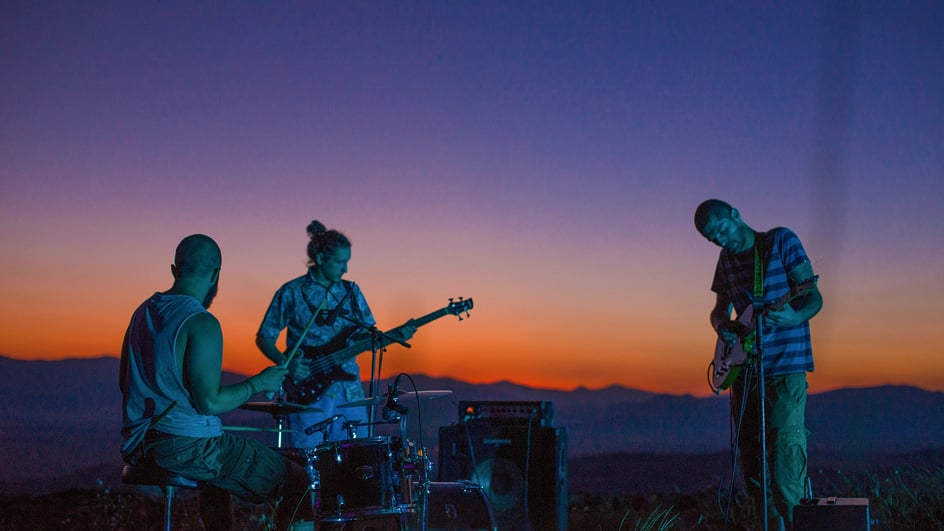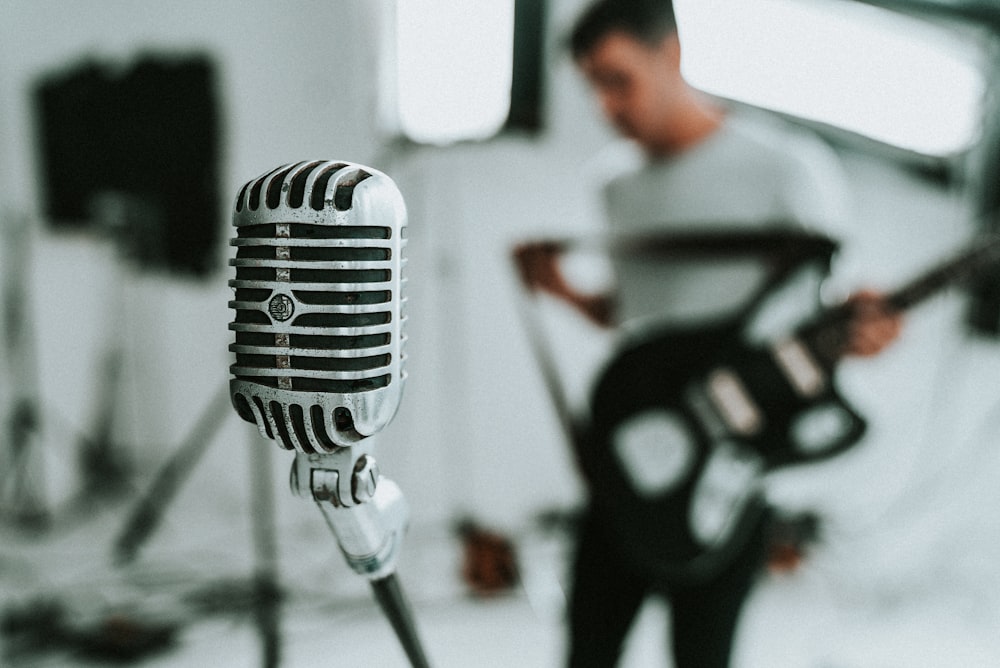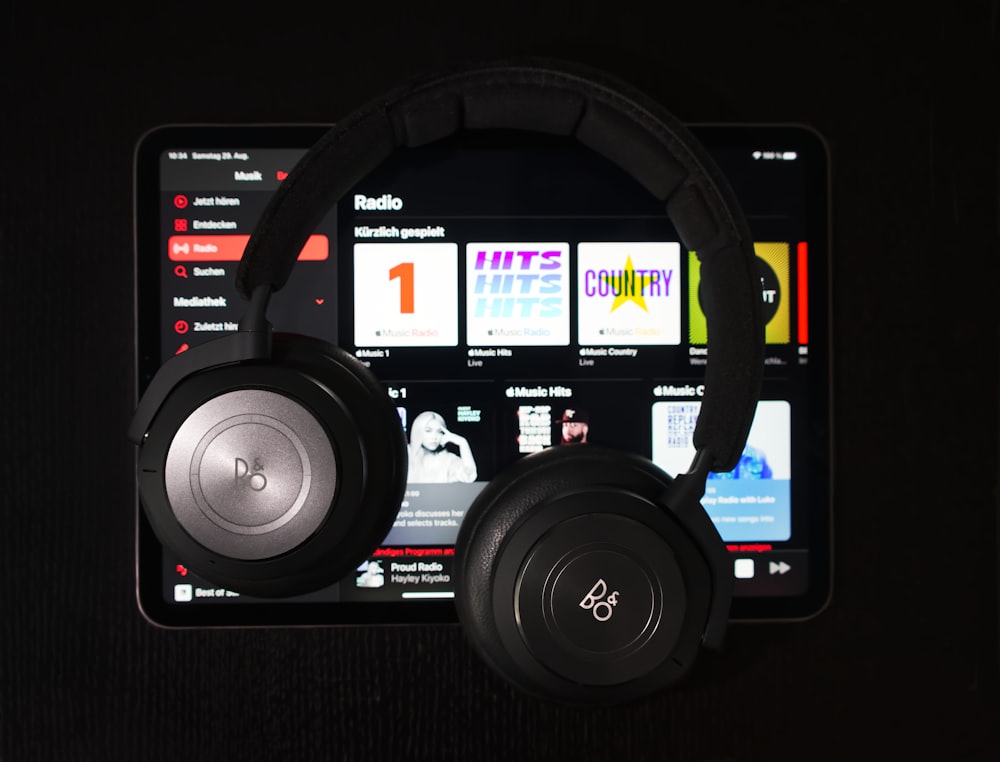
Mar 14, 2024
Uploading videos to YouTube seems simple, but it can also be quite unnerving — especially if you aren’t 100% sure if all of the elements of your videos are copyright-protected. The last thing you want is one of the devastating YouTube copyright strikes associated with your channel.
However, while the world of music licensing and copyrights might seem tricky to understand, it’s not that hard to learn. And, if you’re truly interested in learning how to tell if a song in your video is copyrighted or not, then we have you covered with a full guide on music copyrights and protections.
So, before you press upload on your latest video on YouTube, let’s go over everything you need to know about how to tell if a song is copyrighted, plus understand how these licensing and protections work.
What Makes a Song a “Copyrighted” Song?
Now, there’s a lot of misnomers to clear up here at the start. Firstly, there’s no such thing as a “non-copyrighted song” versus a “copyrighted song”. (Here’s a quick primer on the details about music copyright rules.)
All songs are naturally copyright protected by the nature of how copyrights work. And this extends further than just to the artist of the song too, all songs have copyrights that extend to the composer and performer, plus often to the producers and labels behind them.
So to be clear, all songs are copyrighted songs. And if you want to use any music or audio in your videos (whether that be on YouTube or for any other public uses for that matter), you’ll need to be aware of what those copyrights are, and how your use of the copyrighted material fits into general copyright laws and regulations.
Here’s some more info on how to legally use copyrighted music on YouTube to check out as well.
How to Check to See if a Song is Copyrighted
Now, while we’ve already established that all songs are copyright protected, here are some of how you can check both the status of a copyright, as well as see who owns the copyrights to a specific song or music track.
1. Check the public domain
Founded in 1986 to provide information about public domain music, PD Info is a public domain information project that provides carefully researched lists of public domain music titles, sheet music reprints, and sheet music books. However, while this resource is one of the best and most expansive public domain checkers out there, it does not cover everything in existence.
2. Check Creative Commons licenses
You can also check the Creative Commons site to see if any musicians have offered their music under a Creative Commons license, which would allow you to use their songs for free with written permission or, in some extraordinary cases, with no restrictions at all.
3. Search the internet yourself
If you do have a song in mind that you’d like to possibly use in one of your videos and you’re not sure of its copyright status, you could also attempt to do the legwork yourself. A simple Google or Wikipedia search might give you some indication as to who the original artist was and who might currently own the publication rights.
You could also search for the song on YouTube itself and check to see if YouTube recognizes the song and lists its credentials in the “Music” section of the video’s description.
4. Upload your video to YouTube and find out
While we wouldn’t necessarily recommend this method, especially if you’re worried about your channel getting a strike or possibly being taken down, YouTube does offer a fairly sophisticated copyright search feature built-in to its upload process.
When uploading videos to YouTube, the platform will search its own databases and usually let you know if your video violates any copyrights. And, if it does, it will require you to either leave your video private or let you know the limitations that might be placed on your video due to its copyrights if you do choose to post it live.
5. Hire a private copyright lawyer
Now, if you do want to truly cover your bases as thoroughly as possible, your best bet would honestly be to hire a copyright or intellectual property lawyer. With an IP law expert, you’ll be able to safely navigate the tricky copyright realm as expertly as possible.
However, be warned, that these law professionals can be quite expensive. So, unless you’re working with a large client (who might have their legal experts already) or with budgets that can handle tens (if not hundreds) of thousands of dollars, it might be tricky to go this route.
That being said, despite there never being a true guarantee that someone might file a copyright claim against you (or sue you for that matter), having a legal expert to help you will always be the most professional way to handle any sticky situations.
The Nuances of Music Copyrights and Licenses
However, even with all of the resources listed above, it can be hard to ever be 100% sure that any music or audio used in your videos is truly copyright-free. Furthermore, even if you do believe that any songs are copyright-free or protected, that doesn’t necessarily stop others from issuing copyright claims against you.
And with the way YouTube works, the onus to prove that you’re not in copyright infringement often falls on you, the content creator. All that being said, your best bet to avoid any copyright strikes or issues is to only use music from trusted sources that can offer full copyright protection.
The best type of copyright-protected music for most creators is going to be royalty free music provided by music licensing sites like Soundstripe. With Soundstripe music, you never have to worry about copyright claims again.
Royalty Free Music for YouTube
With royalty free music licensed by Soundstripe, all of your tracks will 100% be covered and protected from any copyright claims or issues. Using the Soundstripe app, you can find the perfect song in minutes by searching for tunes filtered by genre, mood, bpm, key, and more.
The key factor to what makes royalty free music great isn’t just its protection benefits, it’s actually the fact that it’s music made by real artists who have been fairly compensated for their work. As we already defined, there’s no such thing as copyright-free music, so if you want quality tunes for your videos, your best bet is to find the right spot to provide that for you.
Royalty free music sites like Soundstripe also offer everything you’ll need to quickly find and legally use label-quality music for any project. With our sophisticated copyright protection methods you’ll also be able to rest assured that you’ll be protected from any copyright claims should platforms like YouTube ever make them erroneously as well.
Here’s a more in-depth on what copyright royalty free music means too.
Where to Find Out More About Copyright Concerns
Finally, if you still have questions that have been unresolved about how to tell if a song is copyrighted or not. Or if you feel like you’d to read up a bit more about these sometimes tricky issues, here are some additional links to check out below.
- The Best Royalty Free Music for Your Videos
- A Complete Guide to Free Music for Video Content Creators
- How to Fix a Copyright Claim on YouTube
Plus, if you have any specific questions, you could always check out our Soundstripe help page.


